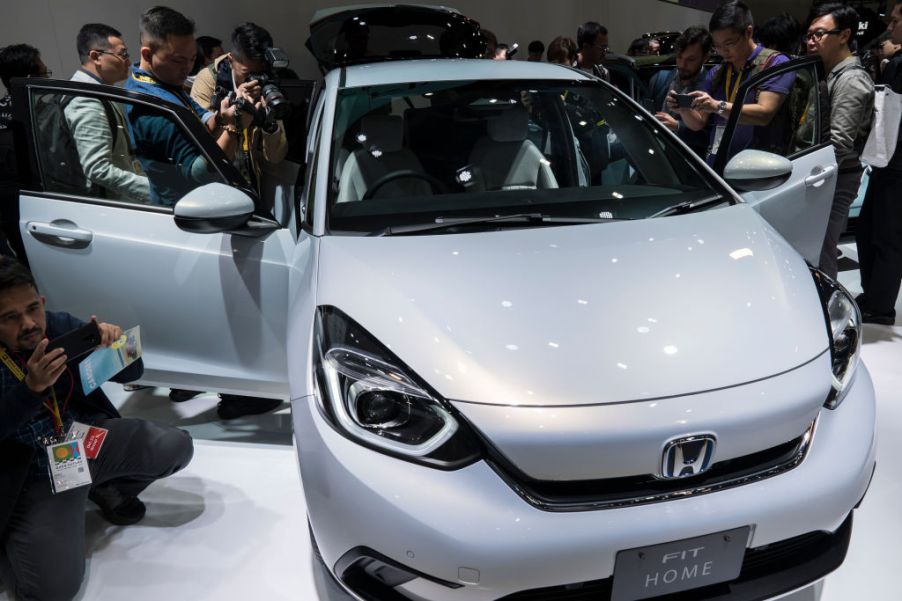
Why Buying a Used Honda Fit Might Not Be Worth It
In many cases, buying a used car offers drivers a considerable amount of savings. Some luxury vehicles, like a Lexus or Mercedes-Benz, are available used for almost half of their original prices. You can also see how well a vehicle lives up to its predicted reliability rating once a year or two has passed.
The Japanese automaker Honda has a reputation for producing many dependable vehicles like the Civic and Accord. The Honda Fit is a popular pick because of its unique shape and great gas mileage. However, if you’re looking for a used bargain price, you likely won’t find one for this car. Here are a few reasons why a used Honda Fit may not be the best option.
It’s not the best value
Sometimes, there’s very little difference between certain cars’ used and new prices. If the cost of a new car is only a few thousand dollars more, drivers are better off buying new. According to a recent study, a new Honda Fit is only around $2,000 more expensive than a used one.
Buying a newer model also ensures that you’ll get the most features. Models from 2018 and later now have the standard Honda Sensing package, which provides drivers with many essential safety functions. Available smartphone integration was also added in 2018.
Some model years aren’t as reliable
With the exception of 2015, each Honda Fit from a later model year has an above-average predicted reliability score. The 2020 model has not yet been evaluated by Consumer Reports. However, given the trend we’ve seen in recent years, we can expect that it will score just as well.
In contrast, models from 2010 and before have slightly lower reliability ratings. Many drivers reported that the A/C system is prone to failure over time. The 2007 Honda Fit’s fenders often fall off and its body has many other weak spots. Drivers also complained that the instrument cluster frequently needs to be fixed.
Older Honda Fits may have more repair problems
According to Car Complaints, Honda Fit models from 2017 and later have little-to-no reported issues. However, models from 2015 and 2016 share one big problem: uncomfortable seats. These Honda Fit drivers reported severe neck aches and back pain after just a few months of ownership.
While most of the Honda Fit’s issues don’t cost much to fix, there is one expensive outlier. Some Honda Fit vehicles from 2007 experienced a power steering failure. Drivers had to pay around $700 to replace the module. While no recall has been released, Honda issued an extended warranty for the power steering in 2014.
What’s to like about the Honda Fit
New or used, the Honda Fit is an excellent car for a single driver or small family. Its interior is spacious enough for adult passengers and the folding “Magic Seat” makes loading cargo a breeze. If you want access to the advanced safety features and smartphone integration, you’ll need to get either the Sport or EX trim.
The EX trim also features a CVT instead of the standard six-speed manual transmission. It’s paired with a 1.5-liter four-cylinder engine that makes 130 hp. While it’s far from the quickest car on the road, its drivers will save a lot of money on fuel. A Honda Fit with the CVT can get up to 33 mpg in the city and 40 mpg at highway speeds.
Buying a new vehicle also gives many drivers an added peace of mind. Since they’re the sole owner, they know everything about the vehicle’s history and how it’s been treated. If the Honda Fit is your car of choice, you might as well spend a little extra and get the best one.



